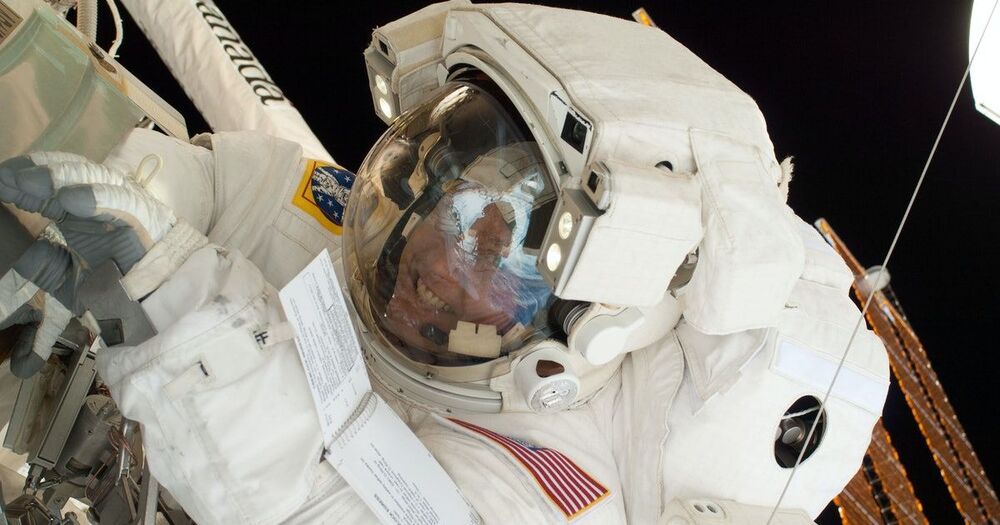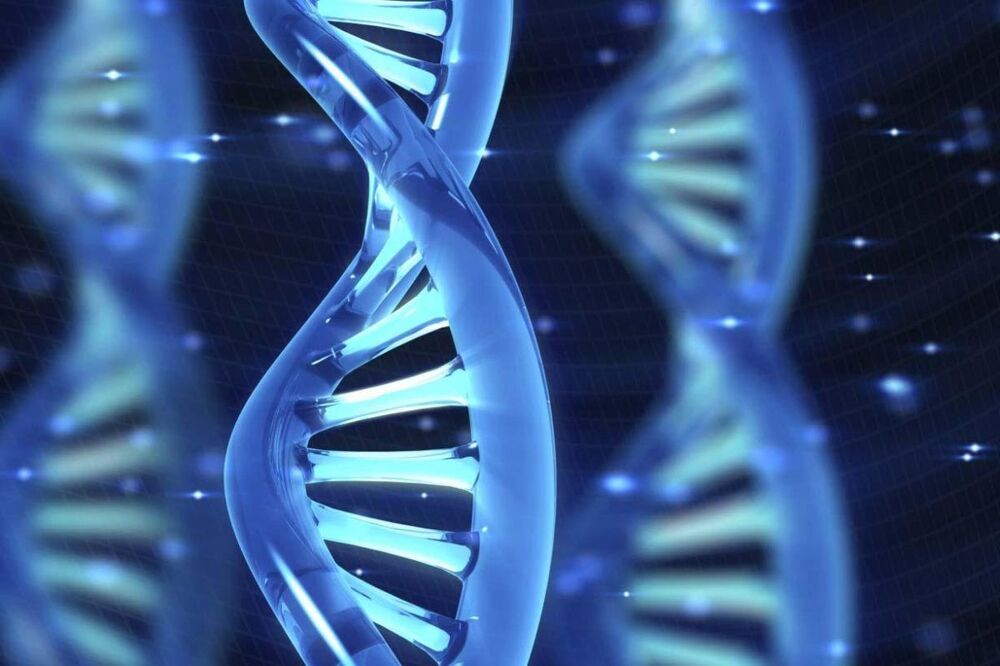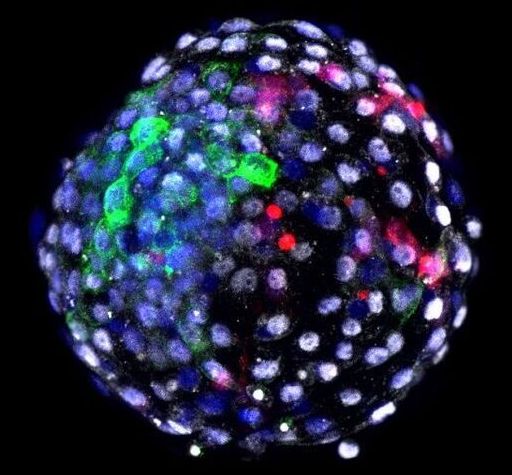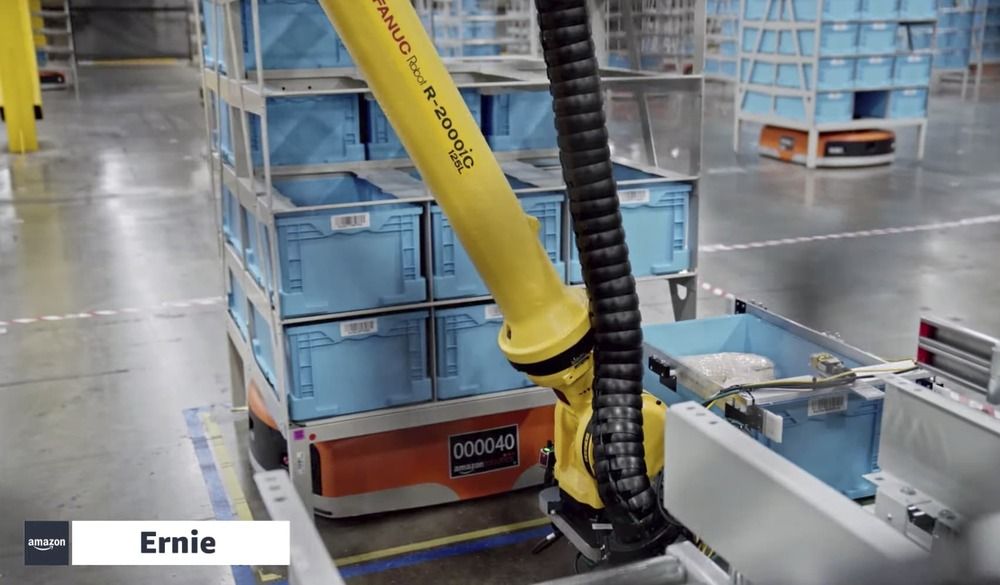For those who track their diet, eating only the RDA for many nutrients may not optimize health. For example, the RDA for selenium is 55 micrograms per day, but is that amount optimal for reducing risk of death for all causes?
Papers referenced in the video:
The role of mitochondrial DNA mutations and free radicals in disease and ageing.
https://pubmed.ncbi.nlm.nih.gov/23432181/
The Hallmarks of Aging.
https://pubmed.ncbi.nlm.nih.gov/23746838/
Dietary Reference Intakes for Vitamin C, Vitamin E, Selenium, and Carotenoids.






